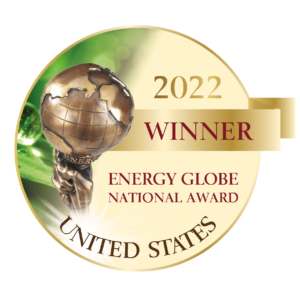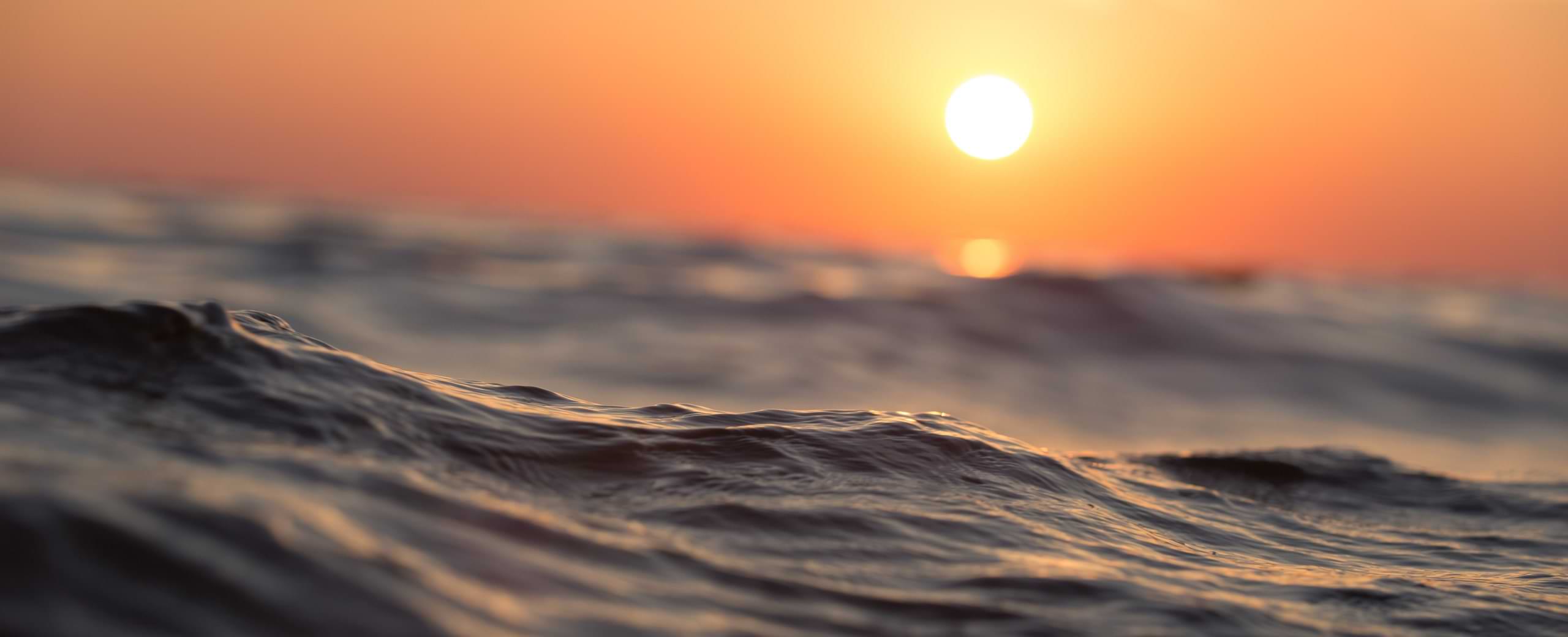ECOncrete recently received the National Energy Globe Award for the COASTALOCK technology through a partnership with the Port of San Diego.
“COASTALOCK is the trifecta we love: carbon sequestration, smaller footprint, while at the same time, providing resilience.” – John Jason H. Giffen, Vice President Port of San Diego.
The CoastaLock ,the first ecologically designed armor unitfor coastal protection, was eco-engineered by ECOncrete as an alternative for the traditional coastal armor structures to address the structural requirements for coastal infrastructure, while promoting local biodiversity and ecosystems. It is designed with the ability to create water-retaining elements, overhangs, holes, and caves, which are absent in most urban waterfronts. Each armor unit is manufactured using a bio-enhancing concrete admixture which promotes the settlement of local marine organisms and increases compressive strength and impermeability of the concrete.

The project was launched in 2021 when a total of 74 CoastaLock units were installed replacing existing rock revetment in two different locations along San Diego Bay Harbor Island Park shoreline.
The results from the biological monitoring show development towards a richer, more diverse community compared to adjacent control rocks. The CoastaLock cavities constitute a newly introduced water-retaining habitat that was missing at the riprap rocks.
This new habitat enables the recruitment of multiple different species of algae and invertebrates that were absent on the outer surface of the CoastaLock,resulting in the establishment of a diverse marine community. This effect was increased in the upper row of the structure, thearea most affected by the tidal changes. The water-retaining feature enables the thriving of multiple marine organisms that could not inhabit the riprap rocks at the same tidal height.
The most prominent example is the algal community change; on the control rocks it was composed of nine species, highly dominated by the invasive red algae. On the CoastaLock units, the algal community included 13 species, comprised of green, red, brown, and coralline algae.
Furthermore, the addition of a new complex habitat able to support a diverse algal community has resulted in an enhancement of the recruitment of several invertebrate species at the CoastaLock units compared to the control rocks.nationalEnergyGlobe2022_UNITED STATES_winner_51
The Port of San Diego project is the demonstration that the coastal and marine construction industry, with the use of innovative technologies and materials, can achieve both structural and ecological goals when designing the coastal and port infrastructure of the future.
